Creating Visual language
I created a guideline for visual language and further me and svaney worked on figma tu build the characters and map with relation to science museum ground floor
We took actual elements from the science museum to denote the language as a child may grab the colour and object to relate when visit museum. Familiarity plays a key role for comfortability.
Simple, bright, and minimalistic
Graphics produced a realistic language that provoked visual perception.
Credits : Manali Panchal
Stages of Iterations
Final Layout
Function: The graphics on the map are based on the current map at the Science Museum. An individual may visually understand the region by using visual cues, and by interacting with the museum map by inserting a card into the same location, they can check the sensory stimulus in the museum using the three senses on top and plan their path.
Usability test - Round 1
Parents of children on the autism spectrum
The first test of the design result was conducted with parents of ASD children in order to study the experience through the relationship between parents and their children; the conversation centred around memories of happy and unpleasant outings with family.
Improved Technology Integration
It was a difficult way to build out a technical functioning prototype that needed smart decision making on not doing hard work again and again due to time constrain. I suggested checking the materiality of the prototype first. I played the main role in deciding the colour, material and type. After a team effort, we were able to crack the stages we had to build a prototype. While I was iterating change after testing with parents.
Successful Making of prototype - video compilation
Inclusion of VR
We have a virtual reality experience for each site of the science museum, where you could scan the barcode on the visual cue with your phone and jump into reality. We ran a test with youngsters in their homes to allow them to experience the developed outcomes under parental supervision.





















